Alex Honnold has become a name highly recognized both within and beyond the climbing community.
His approach to summiting the most daunting cliffs with no ropes (also known as free soloing) has given him the designation of truly “fearless” by some experts, and landed him in the global spotlight last year after his ascent of El Capitan, a 3,000-foot climb in Yosemite National Park, with no safety gear.
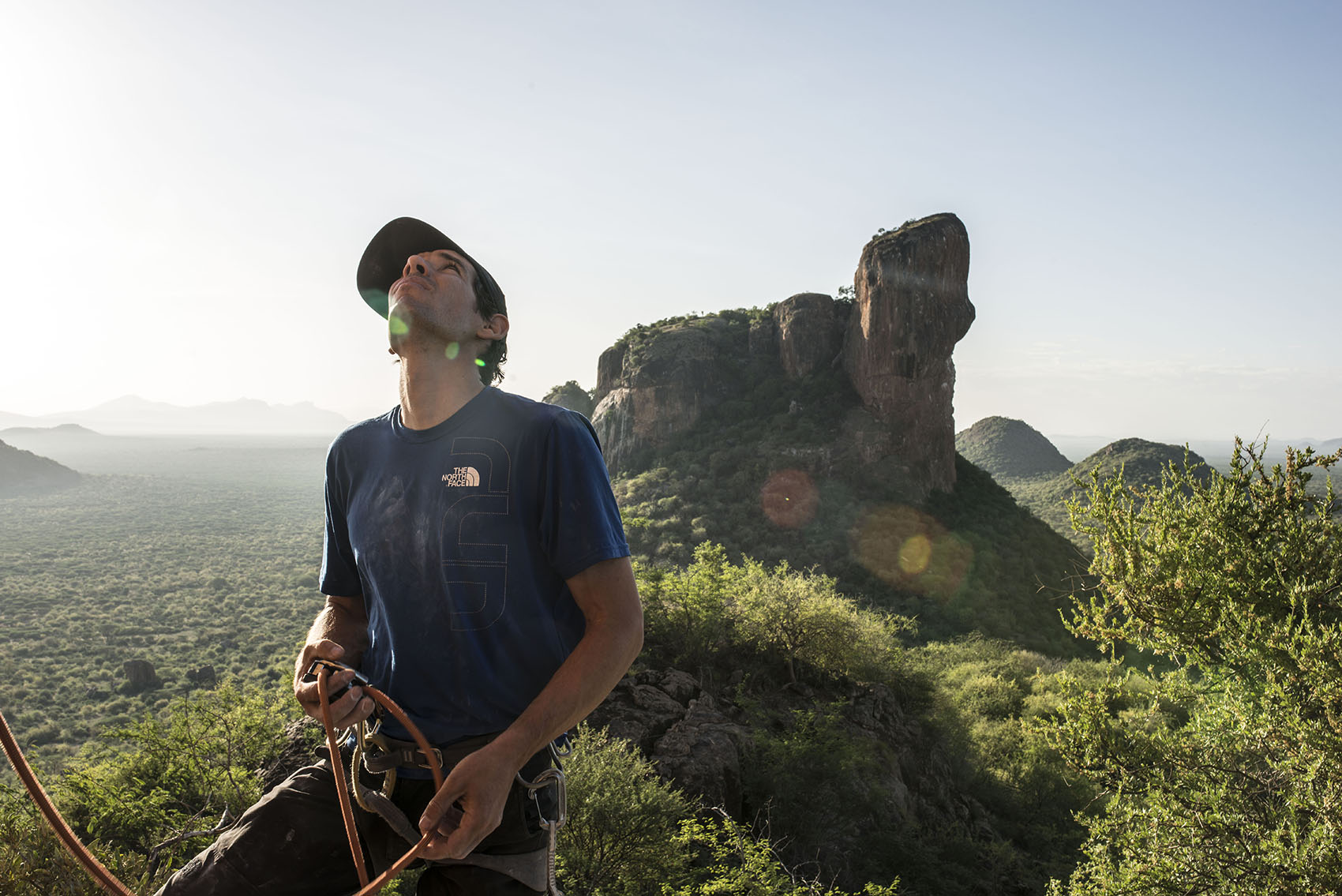
He became the first climber to ever achieve such recognition at this spot, with his peers deeming it as “the ‘moon landing’ of free soloing.”
But behind Honnold’s seemingly audacious exterior, is just a typical human who approaches everyday tasks, like meal-prep and staying fueled. He does, however eat almost completely vegetarian (and at times vegan), citing the fact that he’s become much more conscious about his diet and how it impacts the world around him.
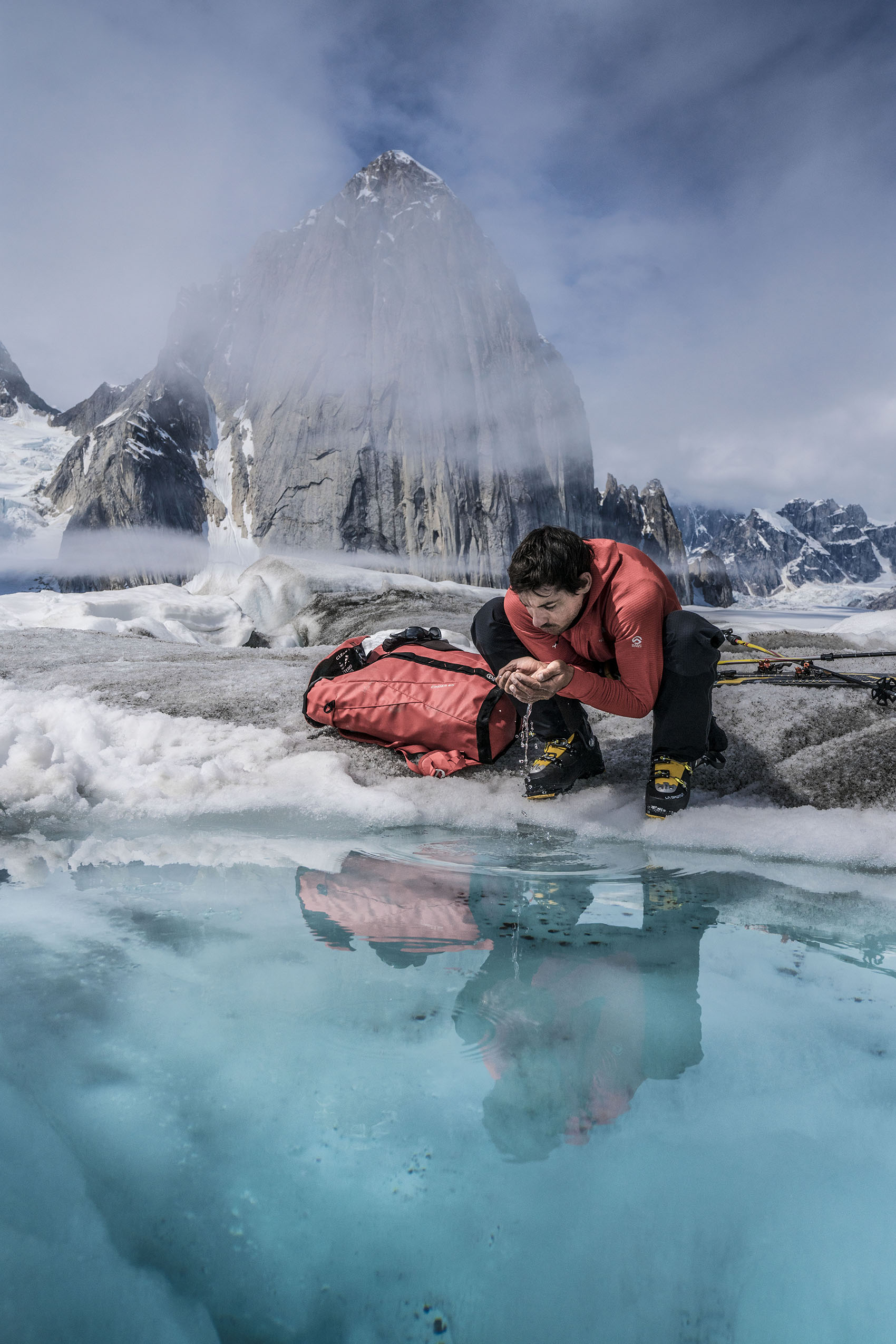
We were curious to hear how he keeps his energy levels strong while maintaining this food philosophy, and also charging some of the craziest climbs out there. Here’s what he told ASN.
What are your core beliefs and philosophies about food, and why?
I try to minimize the environmental impact of my food – that’s probably the guiding principle. So, mostly that means eating a vegetarian or occasionally vegan diet. But I’m always trying to think through my choices and do the least harm. Sometimes that might mean eating meat if it would otherwise go to waste, or depending on where I am.
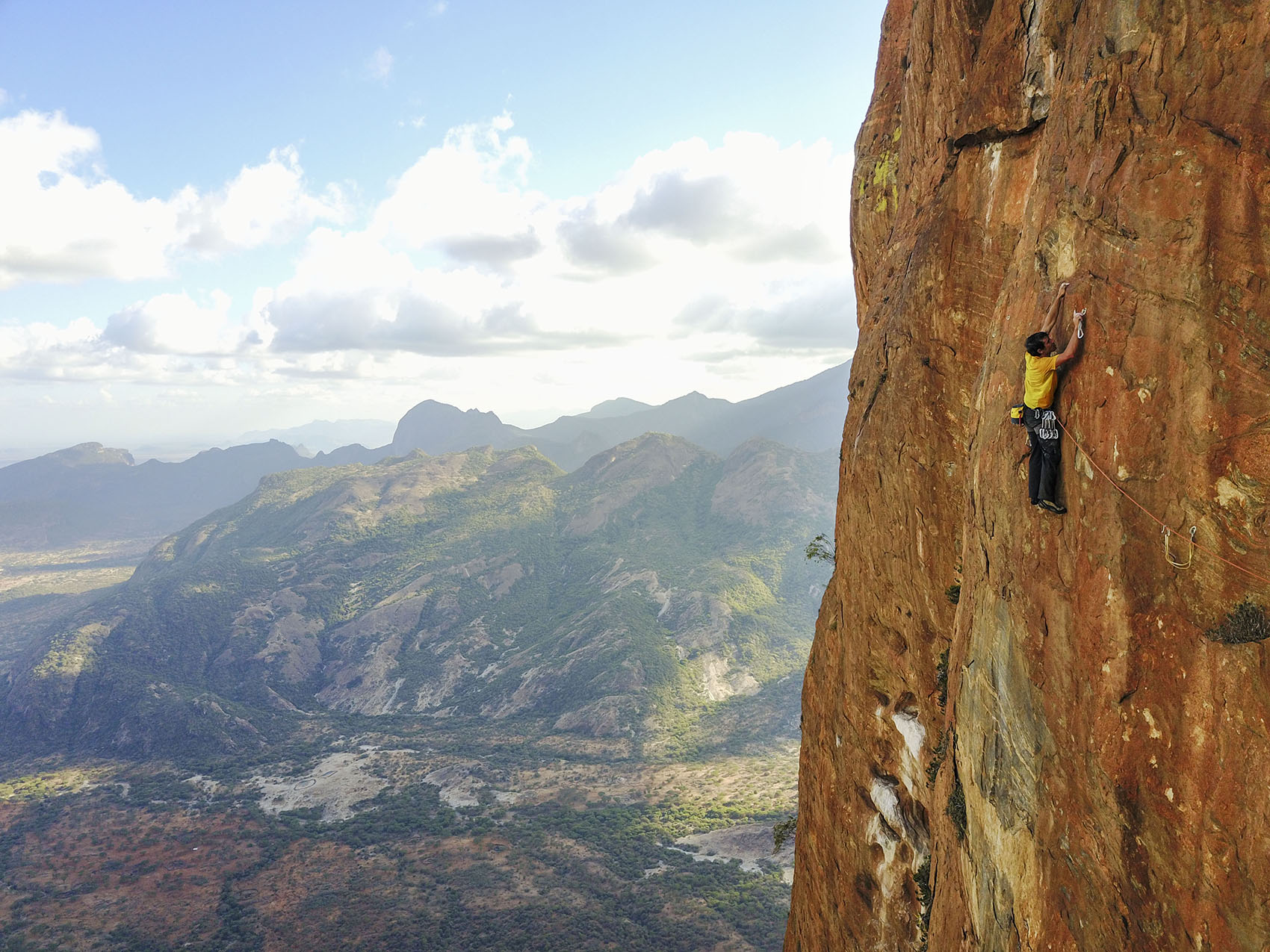
How has climbing influenced the way you eat and think about food?
Climbing has definitely made me more mindful about diet. After all, I have to carry everything I eat up every mountain. Literally and figuratively – meaning the food I’ve eaten and the food that I’m carrying.
I try not to eat too much because I don’t want to haul around more weight than I need. But at the same time, I need to fuel a fair amount of exercise.
In general, climbing has made me more connected to the environment, which is why I care about my dietary footprint.
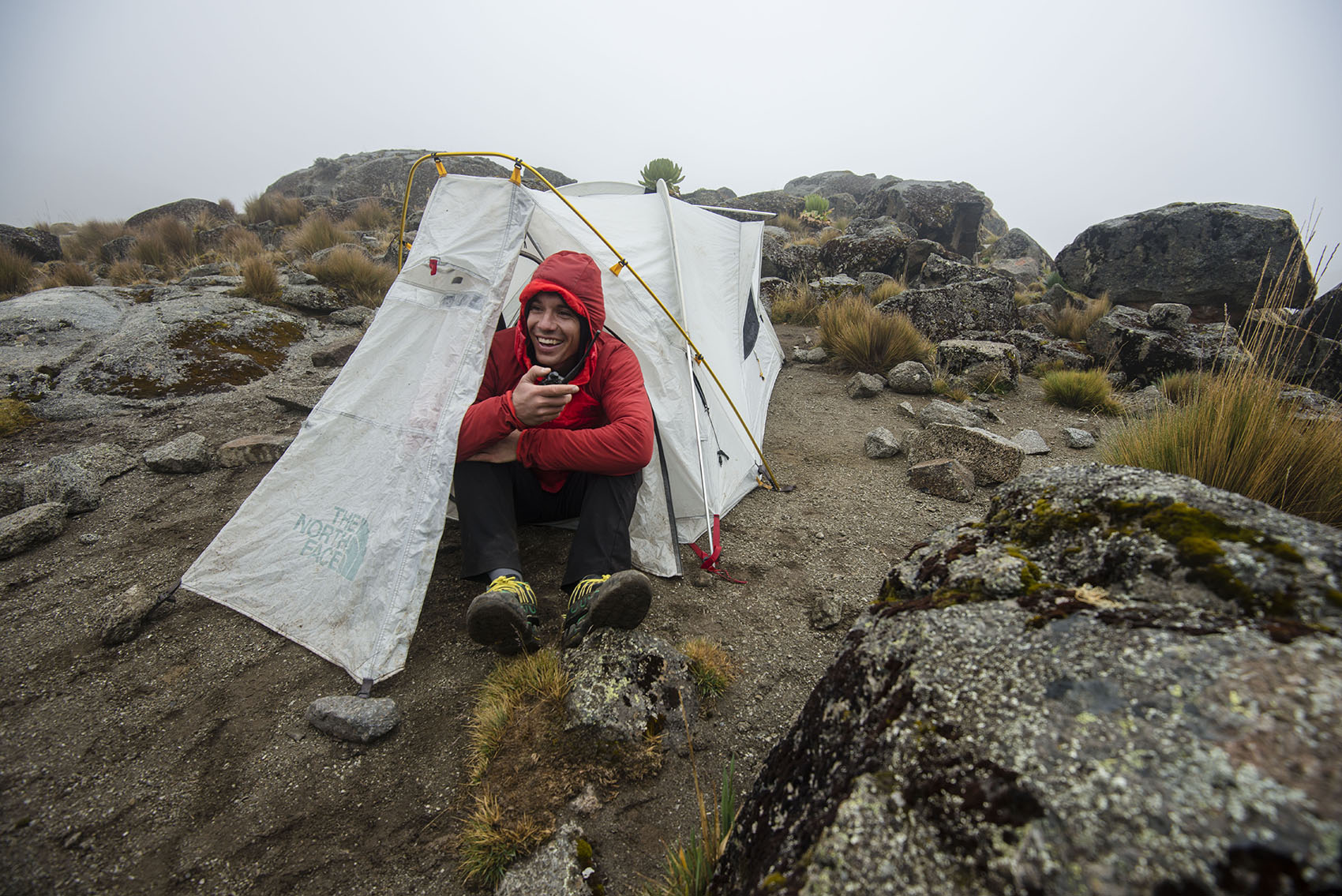
Do you change up what you eat depending on the type of climb you are about to do? What does a typical meal before climbing look like?
Not too much. I try to eat just about the same all the time. But I’m also climbing year-round so my diet is pretty stable.
Right now, I’ve been making big breakfast smoothies that keep me full when I go to the crag.
What does your essential grocery short list consistently look like every week, and why?
Lots of fruits and vegetables. Plants are definitely the most frequently purchased things at the store. I eat plants in every meal, so they add up.
What is your favorite go-to snack?
At the crag, I typically eat a bell pepper and an apple every day. I love just eating a bell pepper like an apple.
What is your take on the protein debate – do you believe that we need a certain amount to remain healthy/build muscle, or do you prescribe to another philosophy around this?
Humans definitely need protein to maintain muscle mass and be healthy, and athletes certainly need more than sedentary people. But I think that protein is wildly over-emphasized. The average person, in the U.S. anyway, eats far more than they need.
There’s evidence that humans have optimum health with a diet around 10-percent protein – that’s easily met by just eating greens like spinach. So, it’s not like a typical American needs to be seeking out more protein.
That said, proteins and fats do help me feel fuller so I do think about the macronutrient breakdown of what I’m eating.
But in a general sense I don’t worry about protein too much.
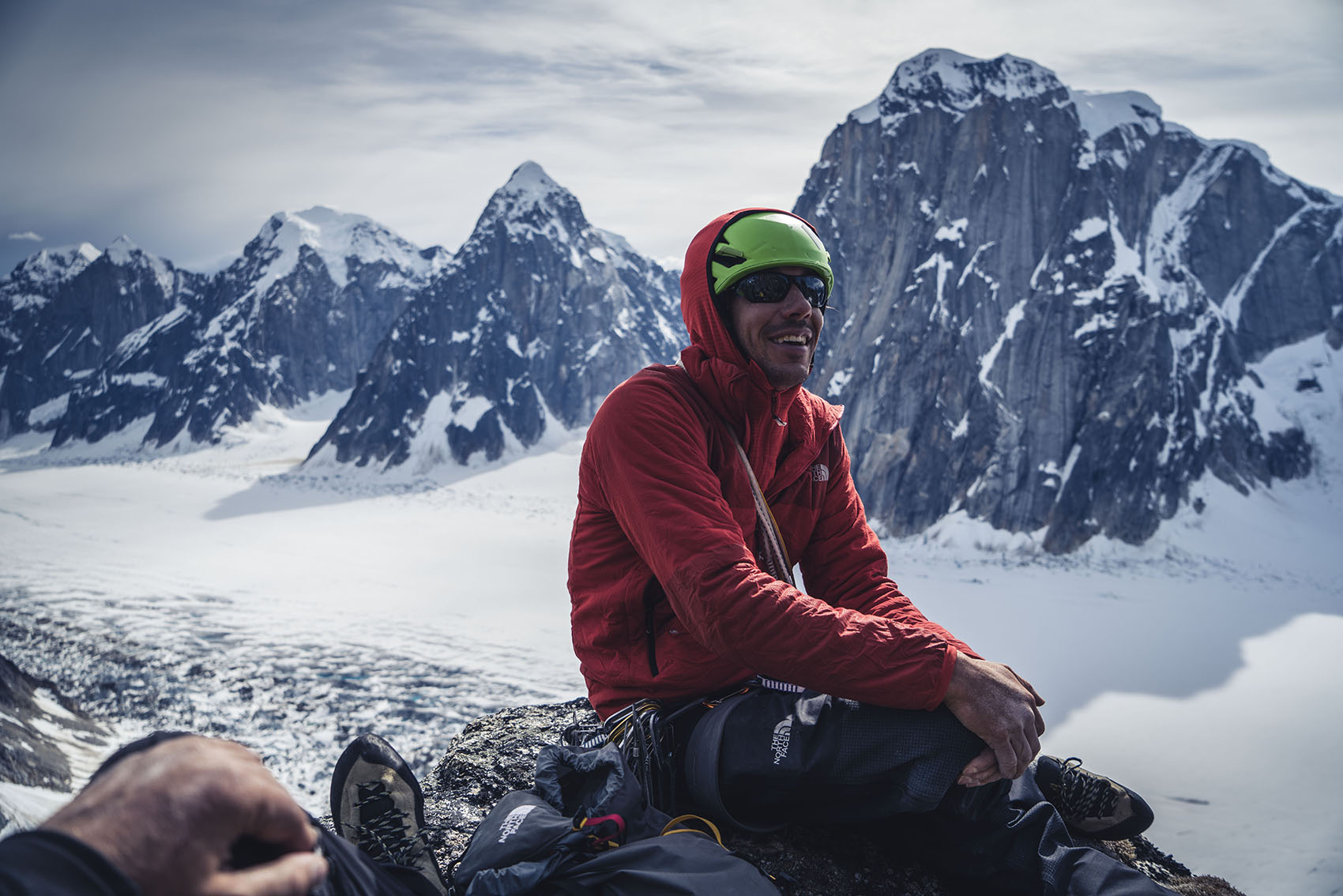
In your opinion, as a vegetarian, what are the most important foods to incorporate into your diet in order to get the proper fuel and nutrients to keep you going?
A wide variety of plants. I think it’s as simple as that. As long as I’m eating lots of different plants all the time, then I figure I’m doing OK.
Drawing on your experience from years of van life, did you face challenges regarding access to food, sticking to a vegetarian diet, or anything else that came up? How did you compensate or overcome these challenges?
Actually, a lot of van dwellers wind up somewhat vegetarian just because it’s easier if you don’t have refrigeration. Eating meat also requires a lot more cleaning up usually, which is harder in a van.
Part of the reason that it was easy for me to go full vegetarian was because I was already only eating meat when I ate in restaurants, which wasn’t a ton of the time. So, it was easy to just choose the veggie burger whenever I ate out.
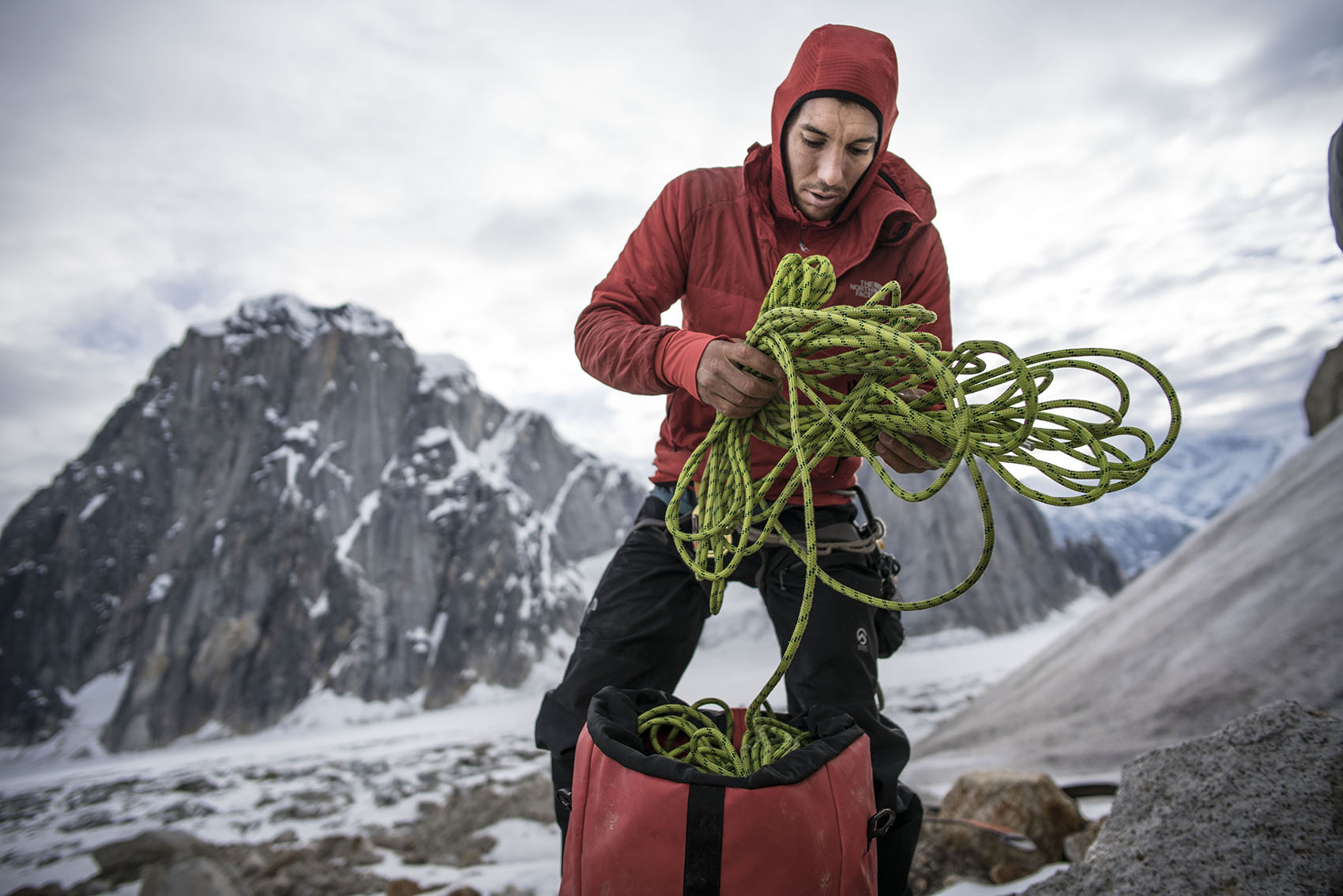
What tips do you have regarding cooking, eating on the road, food storage, and eating mindfully for people living active lifestyles and pursuing the van life?
I like simple food, which is helpful for van life. I think one thing that people need to adjust to in van life is that refrigeration just isn’t that important. Most foods keep far longer than people think.
And if you’re storing things in a tight space, you can’t ever stock up too much. I used to go to the grocery store every 2 or 3 days. Fruits and veggies all last like that no problem.
Do you feel your diet has shifted a lot over the last decade? If so, in what way?
My diet has definitely shifted. I think part of it is that I’m more health conscious and part of it is that I have a bigger income now and can afford to worry about food more.
In the grocery store now I don’t really worry about the prices. I just eat the foods that I think will make me feel the best. But it certainly wasn’t like that 10 years ago. And I used to be a much bigger slave to my sweet tooth – and as a 22-year-old male that exercised full-time I could handle it.
Overall, I’m just more aware of my diet now. Some of that is just the natural process of learning with time.
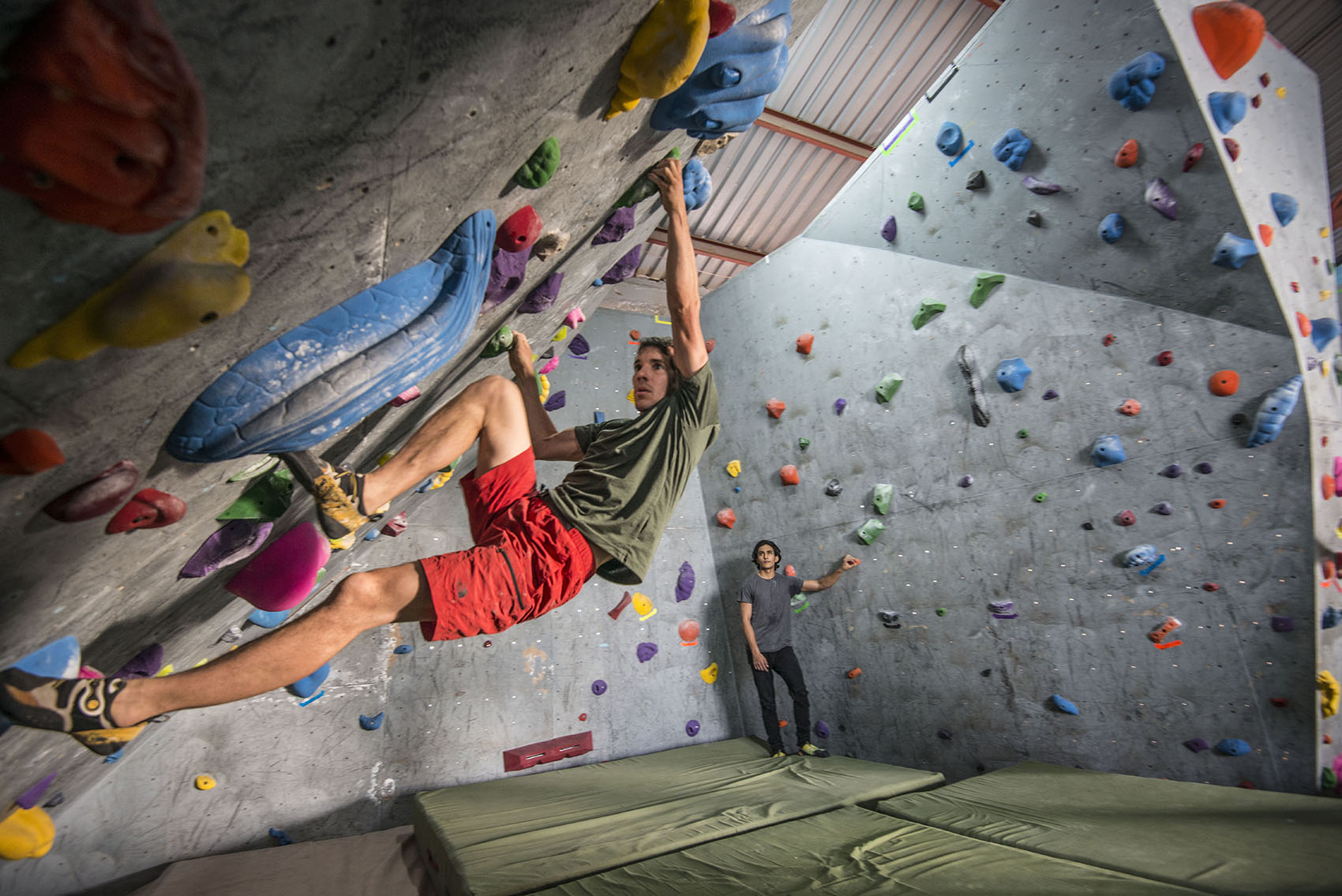
Talk about the training, both mental and physical, that led up to El Capitan: What are some of the main strategies you tapped into?
Dietarily, I went pretty much entirely vegan, plus eggs, for the five months or so leading up to the solo. I was slightly leaner than normal and felt very healthy.
You said in a recent interview that the mental training was harder than anything else you did. In addition to visualization, was there anything else that helped you build confidence or put your mind at ease? Any relaxation techniques that took the edge off that you practiced leading up to and during that climb?
No relaxation techniques or anything, though I did make an effort to simplify my life a bit and erased my social media and stopped responding to emails. So that kind of counts as a relaxation technique. I had a lot more time to sit around and think idly about the route, which is a more casual way of saying more time to visualize.
Alex’s Morning Smoothie Recipe
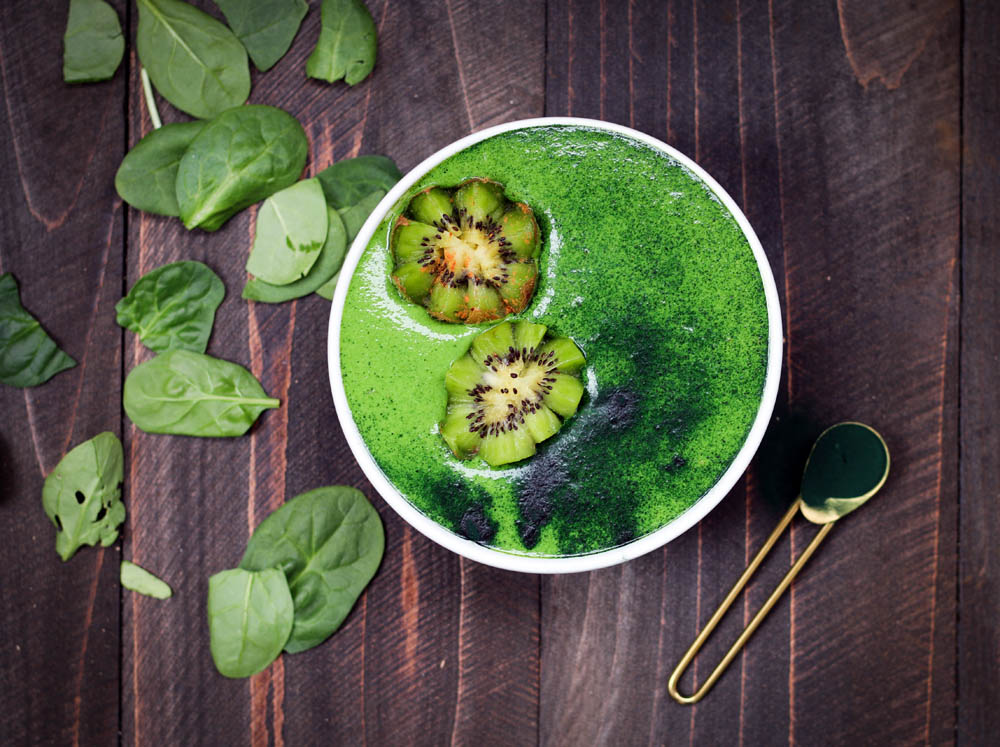
“My smoothies are pretty big – in the 600-800 calorie range so that they’re comparable to a hearty normal breakfast,” Honnold tells ASN. “Then I’m good for the day.”
– A couple handfuls of spinach
– A scoop of veggie protein powder
– Some chia seeds
– Hemp hearts
– A frozen banana or an avocado
– Nuts [whole walnuts, pecans or almonds]
– Frozen berries or mango, to make it delicious
– Blend, enjoy and then get out there.
The post What’s Cooking: How Climber Alex Honnold Stays Fueled and Limits His Dietary Impact appeared first on Men's Journal.
Comments are closed.